Disclosure: This article contains affiliate links. We may earn a commission from purchases at no extra cost to you, which helps our travel content.
There are places in this world that speak directly to your soul - where the mountains seem to whisper ancient secrets and the landscape tells stories older than time itself. Bulgaria's Rila Mountains are exactly that kind of place. Last summer, while in Europe for a medical conference in Sofia, I extended my stay to fulfill a promise I'd made to myself years ago after seeing a single photograph of the Seven Rila Lakes. That image had lived rent-free in my mind, calling me to experience these peaks firsthand. Having grown up surrounded by the flat prairies of Winnipeg, mountains have always held a special magic for me - they represent everything my childhood landscape wasn't: dramatic, imposing, and wildly unpredictable. What I discovered in the Rila range was a perfect blend of spiritual heritage, pristine alpine beauty, and challenging trails that tested my limits while rewarding me with some of the most spectacular photography opportunities I've ever encountered.
Planning Your Rila Mountains Adventure
When I first started researching this trip, I quickly realized that despite being one of Bulgaria's natural treasures, the Rila Mountains remain refreshingly under-touristed compared to Western European destinations. This translates to authentic experiences and significant cost savings - music to my ears as someone who prefers to stretch my travel budget without sacrificing experiences.
I based myself in Sapareva Banya, a small town with thermal springs at the northern foot of the mountains. From here, accessing both the famous Rila Monastery and the Seven Lakes trailhead was straightforward. Accommodation options range from basic guesthouses at €20/night to mid-range hotels with thermal baths for around €40-50. I opted for a family-run guesthouse where the owners treated me to homemade banitsa (cheese pastry) each morning - the kind of authentic connection that makes budget travel so rewarding.
For navigating the region, I highly recommend downloading maps offline using the AllTrails Pro which proved invaluable when cell service disappeared in the higher elevations. The detailed topographic maps and GPS tracking kept me confidently on trail even when paths became less distinct above the tree line.
One planning element I initially overlooked was transportation between hiking points. While there are seasonal shuttle buses, their schedules can be limited. After a recommendation from my guesthouse owner, I connected with a local driver who charged reasonable rates for drop-offs and pickups - far more economical than renting a car that would sit unused during multi-day hikes.
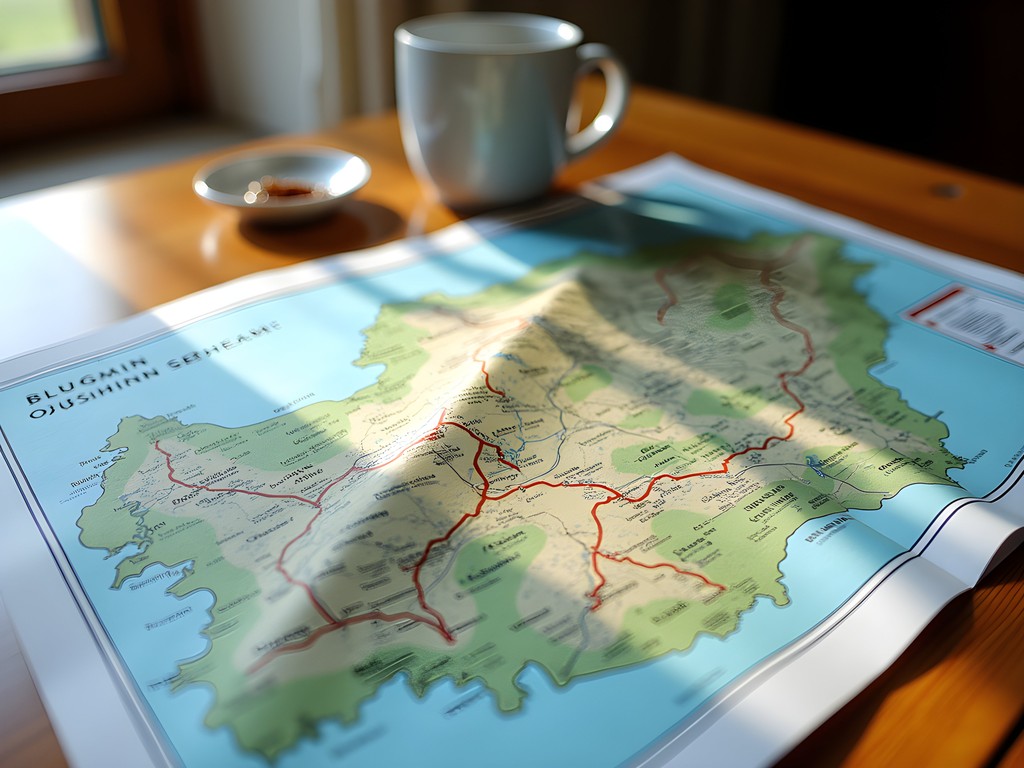
💡 Pro Tips
- Book accommodation in Sapareva Banya for the best combination of affordability and access to trailheads
- Download offline maps before your trip as cell service is spotty in the mountains
- Learn basic Bulgarian phrases - locals appreciate the effort and may share insider tips
Day 1-2: Rila Monastery - Where Spirituality Meets Mountain Majesty
My journey began at the UNESCO-listed Rila Monastery, a 10th-century Eastern Orthodox sanctuary nestled in a forested valley. Rather than treating it as a quick photo stop like many day-trippers from Sofia, I dedicated two full days to exploring both the monastery and the surrounding hiking trails.
The monastery itself is a marvel of Bulgarian Renaissance architecture - its bold striped arches and vibrant frescoes creating a striking contrast against the pine-covered mountains. Arriving early in the morning allowed me to experience the monastery before the tour buses arrived, when the only sounds were monks' footsteps echoing across the cobblestone courtyard and the distant murmur of mountain streams.
What many visitors miss are the exceptional hiking trails radiating from the monastery. The trail to Kirilova Polyana meadow (about 5km one-way) offers a gentle introduction to the region's terrain while providing spectacular vantage points back toward the monastery. For a more challenging day, I tackled the path to Malyovitsa peak, where the alpine landscape transforms dramatically as you climb.
Staying overnight in the monastery's simple pilgrim accommodations (around €15) provided a uniquely immersive experience. After the day visitors departed, a profound silence descended on the complex. I spent the evening on a stone bench in the courtyard, photographing the changing light on the monastery walls while sharing homemade rakija (fruit brandy) with a Bulgarian grandfather who spoke little English but communicated volumes through gestures and shared appreciation of the mountains.
For capturing the monastery's architectural details and the dramatic mountain backdrop, my wide-angle lens earned its weight in my pack many times over. The lens's ability to capture both the soaring monastery walls and the encompassing mountain landscape in a single frame helped me create some of my favorite images from the entire trip.
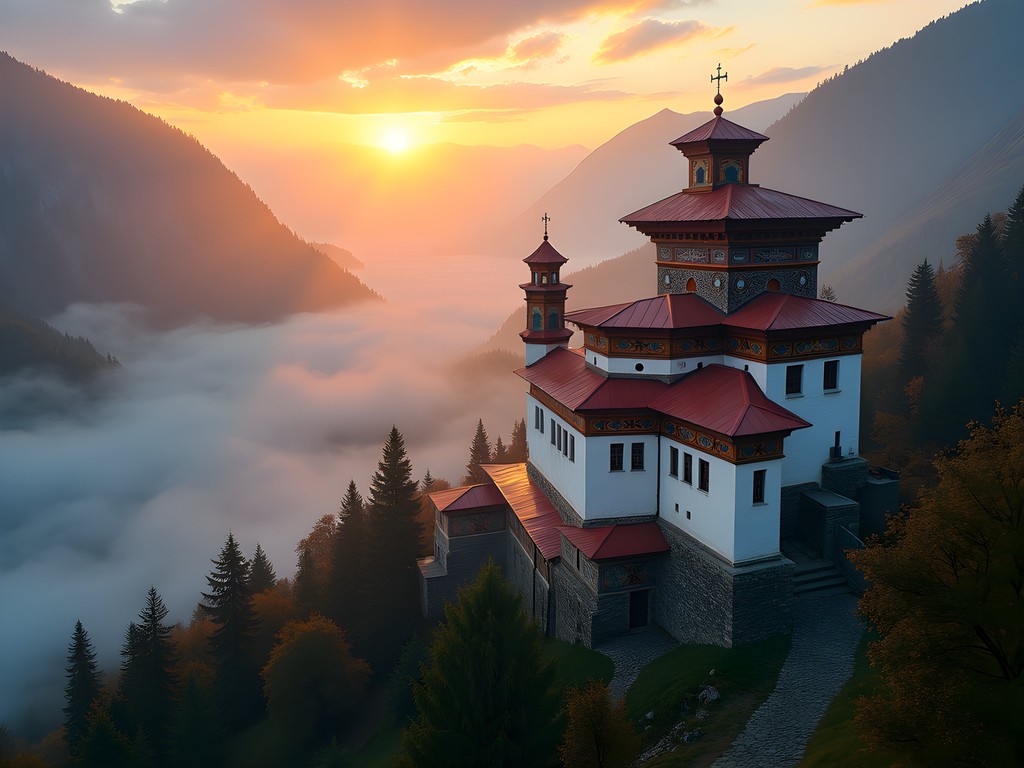
💡 Pro Tips
- Stay overnight at the monastery for a more spiritual experience after day tourists leave
- Pack a headlamp for early morning photography sessions before sunrise
- Try the bean soup at the monastery canteen - simple but delicious traditional fare
Days 3-4: The Challenging Trek to Malyovitsa Hut
After bidding farewell to the monastery's spiritual tranquility, I embarked on what would become the most physically demanding segment of my journey - the trek to Malyovitsa region. This area represents the more rugged, wild side of Rila, where jagged peaks create a dramatic skyline that's irresistible to photographers and seasoned hikers alike.
The trail from Kiril Meadow to Malyovitsa Hut climbs steadily through diverse terrain - starting in dense coniferous forest before opening into alpine meadows dotted with wildflowers and finally ascending into a rocky landscape that feels almost lunar in its stark beauty. This 14km route with over 1000m elevation gain tested my endurance, especially when an afternoon thunderstorm rolled in unexpectedly, turning the trail into a slippery challenge.
During that sudden downpour, I was incredibly grateful for my waterproof shell which kept me dry while allowing enough breathability to prevent overheating on the climb. When hiking in mountain environments like Rila, weather protection isn't a luxury - it's essential safety equipment.
Malyovitsa Hut itself is a classic Balkan mountain refuge - utilitarian but welcoming, with communal dining tables where hikers share stories over hearty lentil soup and local beer. At roughly €20 for a bunk bed and meals, it represents incredible value while providing a crucial shelter in this remote area. The hut's caretaker, a weathered mountaineer named Dimitar, spoke enough English to share tales of winter rescues and point out the best photography locations for capturing the iconic Malyovitsa peak.
What struck me most about this section was how the landscape seemed to change personality with the light. During a brief break in the storm, I captured the granite peaks bathed in what photographers call 'god rays' - streams of sunlight breaking through clouds that transformed the forbidding mountains into something almost ethereal. These moments remind me why I carry my camera gear despite the extra weight - some experiences deserve more than just memory.

💡 Pro Tips
- Start this trek early as afternoon thunderstorms are common in summer
- Bring cash for the mountain huts as card payment isn't reliable
- Pack microspikes even in summer as higher sections can retain ice patches
Days 5-7: The Crown Jewel - Seven Rila Lakes Circuit
The culmination of any Rila Mountains adventure has to be the legendary Seven Lakes - a series of glacial pools cascading down the mountainside, each with its own distinctive shape and color. This natural wonder draws hikers from across Europe, yet somehow maintains its sense of pristine wilderness.
Rather than taking the popular chairlift approach (which deposits day-trippers directly at the lower lakes), I opted for the more challenging but rewarding multi-day circuit from Vada Hut. This route allowed me to experience the lakes at sunrise and sunset when the crowds had departed and the light transformed the landscape into something truly magical.
The full circuit covers approximately 25km with significant elevation changes as you climb between lakes. The trail is well-marked but technically demanding in sections, with loose scree and exposed ridgelines requiring careful footing. My trekking poles proved invaluable on both steep ascents and knee-punishing descents, providing stability on uncertain terrain and reducing impact on my joints after long days of hiking.
What makes this circuit so special is how each lake reveals itself as you climb - from the kidney-shaped Lower Lake to the perfectly oval Eye Lake and finally to the Tear, the highest lake nestled just below the ridgeline. The changing perspective creates a natural narrative that photographers dream about, with each view offering new compositional possibilities.
I spent a memorable night wild camping near the Fish Lake (note: officially only permitted in designated areas), falling asleep to the gentle lapping of water against shore and waking to alpenglow turning the surrounding peaks pink. As someone who spends most workdays in others' homes as a caregiver, these moments of solitude in vast landscapes provide a necessary recalibration of perspective.
The final day's hike along the ridgeline above all seven lakes offers what must be one of Bulgaria's most spectacular panoramas - a 360-degree view encompassing the entire lake system below and the higher Musala peak (Bulgaria's highest) in the distance. Standing there, buffeted by wind with my camera in hand, I felt that rare perfect alignment of place and purpose that makes all the blisters and muscle aches worthwhile.
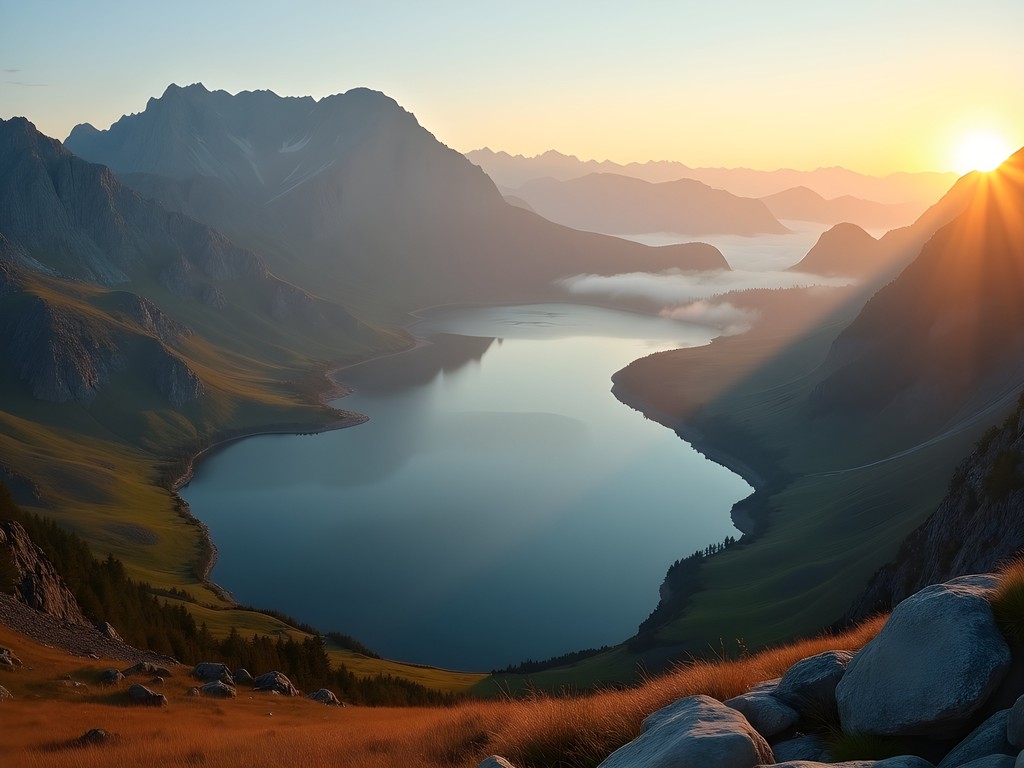
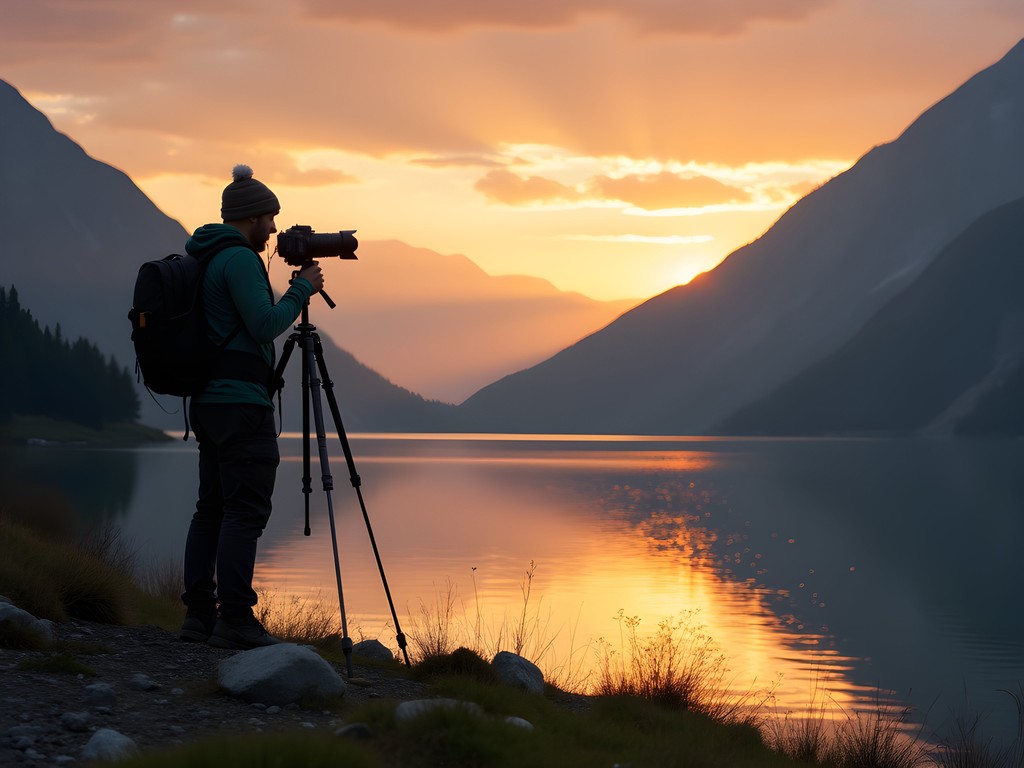
💡 Pro Tips
- Visit the lakes mid-week to avoid weekend crowds from Sofia
- The best photography light occurs 30 minutes before official sunrise
- Bring a water filter as natural springs are available but should be treated
Connecting with Local Mountain Culture
Between the physical challenges and photographic pursuits, some of my richest memories from the Rila trek came from unexpected cultural encounters along the way. The mountain huts (or 'hizhas' as they're locally known) serve as more than just shelters - they're gathering places where hikers share meals, stories, and sometimes improvised music late into the evening.
At Ivan Vazov Hut, I found myself part of an impromptu cultural exchange when a group of Bulgarian hikers discovered I was Canadian. Soon we were trading hiking tales over homemade rakija, comparing the Rockies to the Rila range, and attempting to teach each other folk songs. Language barriers dissolved as they patiently explained the significance of local traditions, including the annual August pilgrimage when thousands climb to the lakes for a spiritual celebration.
The mountain cuisine deserves special mention - hearty, simple food designed to fuel hikers. Bob chorba (bean soup) became my daily staple, along with banitsa (cheese pastry) and shopska salata (cucumber, tomato and cheese salad). These dishes might lack sophistication, but after a day of climbing, they taste like gourmet meals.
While my primary focus was photography, I found my caregiver's perspective emerging in unexpected ways. I was struck by how the mountains seemed to provide a kind of collective therapy for locals who spoke of 'mountain medicine' - the belief that time in these peaks heals both body and spirit. As someone who witnesses daily the importance of holistic wellbeing, I could see the wisdom in this traditional approach.
One evening at Skakavitsa Hut, I shared my instant camera with the hut keeper's children, teaching them to frame and capture simple portraits. Their delight at watching physical photographs develop mirrored my own childhood wonder with photography, creating a connection that transcended our different backgrounds. I left several prints behind - small tokens of gratitude for the hospitality I'd received that somehow felt more meaningful than any standard tip.

💡 Pro Tips
- Learn a few Bulgarian toasts before your trip - 'Nazdrave' (cheers) opens many conversations
- Bring small gifts from your home country to share with hut keepers
- Try all varieties of banitsa - each hut has their own special recipe
Final Thoughts
As my bus wound down from the mountains back toward Sofia, I found myself already planning a return trip - perhaps in early autumn when the crowds thin and the landscape turns golden. The Rila Mountains offered exactly what I seek in travel: challenging trails that demand your full presence, landscapes that overwhelm the camera lens, and cultural encounters that remind us of our shared humanity despite different languages and backgrounds. For those willing to step beyond the day-trip experience, these mountains reward with a profound sense of accomplishment and connection to something ancient and enduring. Whether you're drawn by the spiritual history, the alpine photography opportunities, or simply the call of high places, Bulgaria's Rila range deserves a prominent place on any mountain lover's list. The memories of misty lakes at dawn, monastery bells echoing through valleys, and spontaneous friendships forged over mountain meals will stay with me long after the blisters have healed.
✨ Key Takeaways
- Plan for a minimum 5-day itinerary to experience both the monastery area and Seven Lakes properly
- The shoulder seasons (June and September) offer the best balance of accessibility and smaller crowds
- Combining cultural heritage with wilderness creates a more meaningful mountain experience than focusing solely on hiking
- Budget travelers can experience world-class mountain landscapes for a fraction of Western European costs
📋 Practical Information
Best Time to Visit
June-September, with July-August offering most reliable weather but larger crowds
Budget Estimate
€30-50/day including accommodations, food and local transport
Recommended Duration
Minimum 5 days, ideally 7-10 days for full circuit
Difficulty Level
Moderate To Challenging, Requiring Good Fitness And Some Hiking Experience

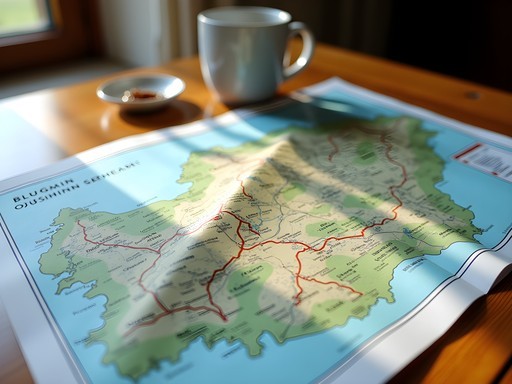
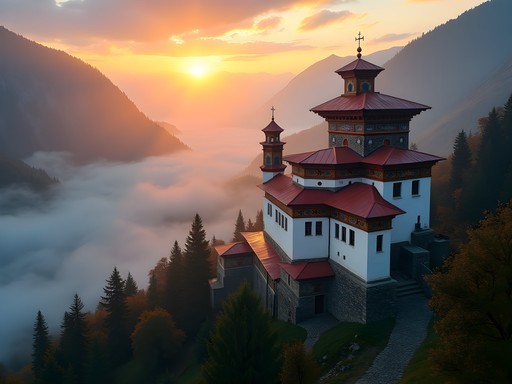
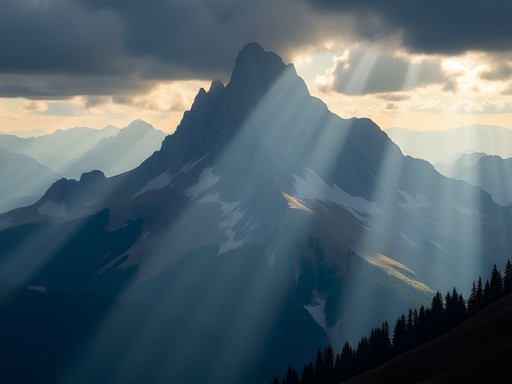
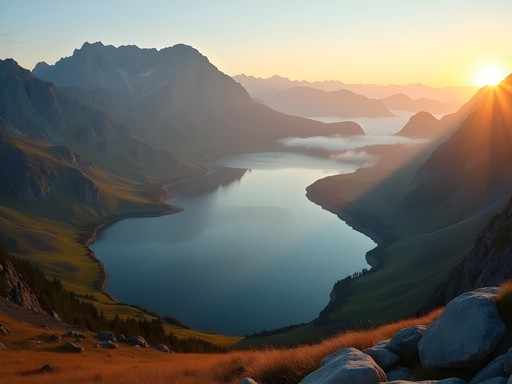
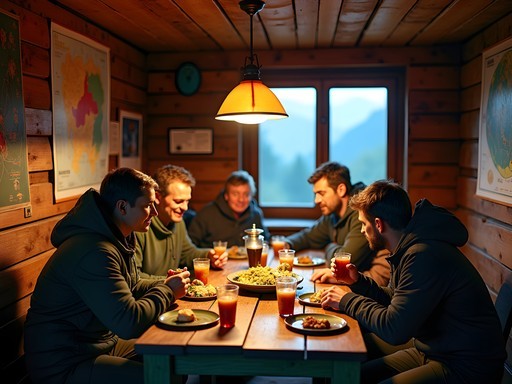


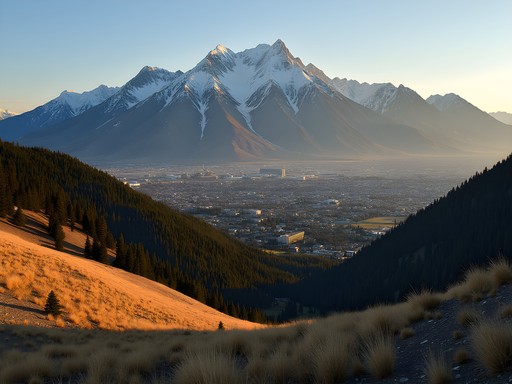

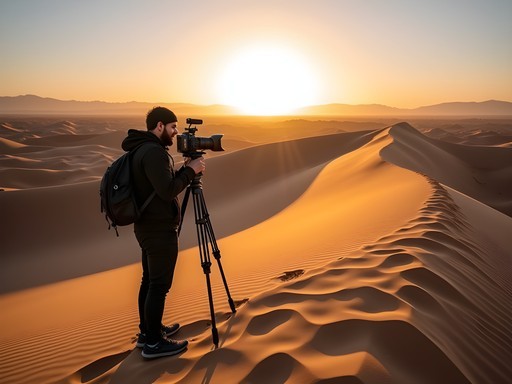
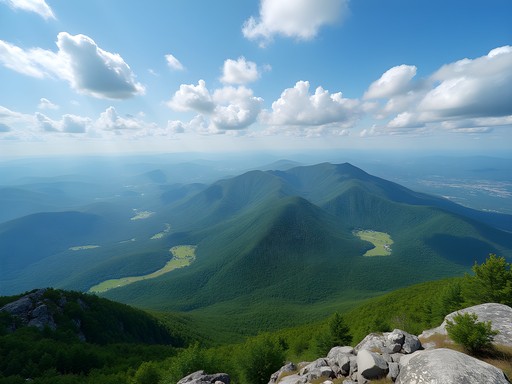


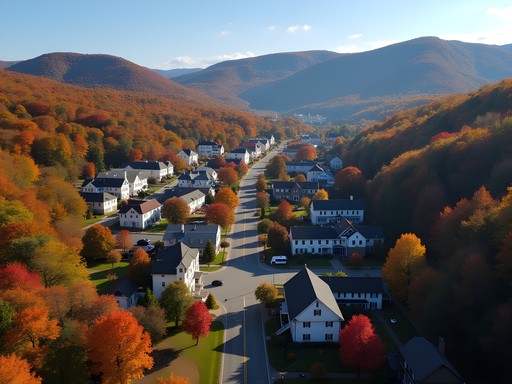
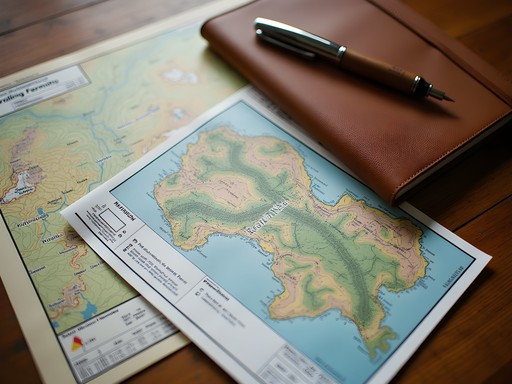
Comments
mountain_wanderer
Those lake photos are stunning! Adding this to my bucket list immediately!
Douglas Bradley
Benjamin, your post captures the essence of Rila perfectly! I visited last September and found it to be an ideal time - the summer crowds had thinned but the weather remained stable. For those considering this trek, the public transportation options Benjamin mentions are reliable but require some planning. I'd recommend spending an extra night at the monastery if you're interested in Byzantine art - they offer excellent guided tours in the mornings. Also, the contrast between the spiritual atmosphere at Rila Monastery and the raw natural beauty of the Seven Lakes creates a journey that's both physically and contemplatively rewarding. Looking forward to your next adventure!
Benjamin Romano
Thanks Douglas! September is definitely the sweet spot - I mentioned planning a return trip in autumn for exactly that reason. Did you get a chance to explore any of the smaller chapels around the monastery grounds? Some of them have incredible frescoes that aren't in the guidebooks.
Douglas Bradley
I did! The Transfiguration Chapel was my favorite - tucked away but absolutely worth finding. The caretaker there shared some fascinating history that really enriched the experience.
greenvibes
I did this exact route last summer and it was INCREDIBLE! The monastery was much more impressive than I expected - definitely worth spending the full day there. For anyone planning this trip, the chairlift to the Seven Lakes saves a lot of energy but gets super crowded by 10am. We used our hiking poles constantly on those steep sections near Malyovitsa. One tip: bring cash for the mountain huts as card payment was spotty when we went.
Douglas Bradley
Good point about the cash! I'd add that the early morning light at the Seven Lakes is absolutely worth getting up for - the reflection on the water before the crowds arrive is something special. Did you find the trail markers adequate? I thought they were generally good but had a couple confusing moments on the descent from Malyovitsa.
greenvibes
The trail markers were okay but definitely bring a GPS backup! We got slightly lost coming down from Malyovitsa too. And yes, sunrise at the lakes was magical - we stayed at the hut to catch it early.
nomadlife
Just got back from doing this exact route last week! One tip I'd add - the public bus from Sofia to Rila Monastery sometimes changes schedule without notice. We almost got stranded. Worth checking at the station the day before or arranging a backup plan. The monastery cats are still there and still very friendly! 😻
cityclimber
Great post! How difficult would you say the Seven Lakes trek is for someone who only hikes occasionally? And did you need any special gear for the Malyovitsa section?
Benjamin Romano
Thanks for asking! The Seven Lakes trek is moderate - some steep sections but manageable if you take it slow. For Malyovitsa, good hiking boots are essential, and trekking poles really helped on the rocky descents. The weather can change quickly, so layers are your friend!
cityclimber
That's really helpful, thanks! Definitely adding this to my list for next summer.
happyone
We did the public transportation from Sofia too and it worked perfectly! Just make sure to get to the bus station early - the Rila Monastery buses fill up fast. The contrast between the peaceful monastery and those dramatic mountain landscapes is what makes this hike so special. Can't wait to go back!
smartgal
Did you feel safe on the public transport as tourists? Any language barriers?
happyone
@smartgal Totally safe! Language was a bit tricky but nothing Google Translate couldn't handle. Most younger Bulgarians speak some English. Just have your destinations written down in Cyrillic just in case!
Jean Wells
An excellent analysis of the Rila route. Having completed this trek three times over the past decade, I've noticed significant changes in trail maintenance and visitor numbers. The section between Malyovitsa and the Lakes has deteriorated somewhat, particularly after the heavy rains in 2024 caused erosion near the ridge. For those planning this journey, I would suggest allocating an extra day as a buffer for weather conditions. The meteorological patterns in this region are notoriously unpredictable, even in summer. Benjamin's observation about the early morning light at the Lakes is spot-on - the photography opportunities between 5:30-7:30am are exceptional, particularly at the Eye and Kidney Lakes where the reflections are most dramatic.
blueseeker
Thanks for the insider tips Jean! Would you say early June is too early for this trek? Worried about snow on the higher sections.
Jean Wells
@blueseeker Early June can be problematic above 2000m. In my experience, patches of snow often remain on north-facing slopes until mid-June, particularly after heavy winter precipitation. July-September offers more reliable conditions.
springtime
Thanks for the detailed itinerary! Quick question about accommodation - did you book the huts in advance or just show up? I've heard mixed things about availability during summer months.
happyqueen
Those lakes look incredible! Did you swim in any of them?
dreamphotographer
Great post! I'm heading there next month primarily for photography. What time of day would you recommend visiting the Seven Lakes for the best light? And did you need any special permits for tripods or professional cameras?
nomadlife
@dreamphotographer I was there last summer - definitely go for sunrise! Get to the upper lakes by 6am if possible. No permits needed for cameras/tripods but the chairlift staff might give you a hard time if your tripod is huge. I used my travel tripod which was compact enough not to draw attention.
Venture X
Premium card with 2X miles, $300 travel credit, Priority Pass